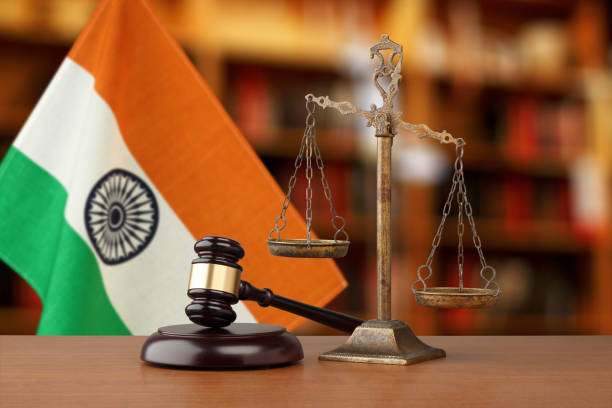Drugs and Cosmetics Act, 1940
The Drugs and Cosmetics Act, 1940 is an Act of the Parliament of India which regulates the import, manufacture, and distribution of drugs in India. The primary objective of the Act is to ensure that the drugs and cosmetics sold in India are safe, effective, and conform to state quality standards. The related Drugs and Cosmetics Rules, 1945 contains provisions for the classification of drugs under given schedules and there are guidelines for the storage, sale, display, and prescription of each schedule.
Summary
The Act was originally known as the Drug Act and was passed in 1940. The original Act was prepared in accordance with the recommendations of the Chopra Committee in 1930. The related Drug Rules were passed in 1945. Since 1940, the Act has undergone several amendments and is now known as the Drugs and Cosmetics Act, 1940.
The term "drug" as defined in the Act includes a wide variety of substance, diagnostic and medical devices. The Act defines "cosmetic" as any product that is meant to be applied to the human body for the purpose of beautifying or cleansing. The definition however excludes soaps. In 1964, the Act was amended to include Ayurveda and Unani drugs.
Section 16 of the Act defines the standards of the quality of drugs. Section 17 defines "misbranding". A drug is considered misbranded if it claims to be of more therapeutic value than it actually is. The manufacturer of such a drug may be asked to suspend the manufacture of the drug under Section 18. Section 27 deals with fake and adulterated drugs. The Act requires more of the ingredients of the drugs should be printed on the label.
Section 22 defines the powers of the drug inspectors and Section 23 defines the strict procedure which should be followed by the inspectors during any raids.
Controversy
The Act lacks specific penalties for violating provisions relating to clinical trials. As a result, no penalties could be imposed on the Bill and Melinda Gates Foundation-funded Programme for Appropriate Technology in Health (PATH) for violating norms in conducting the HPV vaccination trials on tribal girls in Andhra Pradesh and Gujrat. On 17 April 2015, the government told the Supreme Court of India that due to the lack of specific penalties, the government could only halt the trials and issued warnings. The trial had been found to be unethical by a Parliamentary Committee in 2013.
Amendments
The Act has been amended several times. The following are a list of amending Acts:
- The Drugs (Amendment) Act, 1960 (35 of 1960)
- The Drugs (Amendment) Act, 1962 (21 of 1962)
- The Drugs and Cosmetics (Amendment) Act, 1964 (13 of 1964)
- The Drugs and Cosmetics (Amendment) Act, 1972 (19 of 1972)
- The Drugs and Cosmetics (Amendment) Act, 1982 (68 of 1982)
- The Drugs and Cosmetics (Amendment) Act, 1986
- The Drugs and Cosmetics (Amendment) Act, 1995 (71 of 1995)
- The Drugs and Cosmetics (Amendment) Act, 2008 (26 of 2008)
- Recent Amendments - The Drugs and Cosmetics (Amendment) Act, 2017
References;
1. Drugs and Cosmetics Act, 1945
by Wilson Levi
Thu, 21 Mar 24 01:34:22
Topics
Jammu & Kashmir - History, Culture & Traditions | J&K Current Trends | Social Network | Health | Lifestyle | Human Resources | Analytics | Cosmetics | Cosmetology | Forms | Jobs
Related blogs
Why Use Preservatives in Cosmetics?
Preservatives are important to add to products...Cosmetic Industry in Jammu and Kashmir
Jammu and Kashmir has been a talk for several...Story of Cosmetics that no one wants you to know
What is Toxics In Toxics Out?What are the ingredients used in Nail Polish?
Let's learn in detail about Nail Polishes.
Quote of the Day
"Time Flies Over, but Leaves its Shadows Behind"


